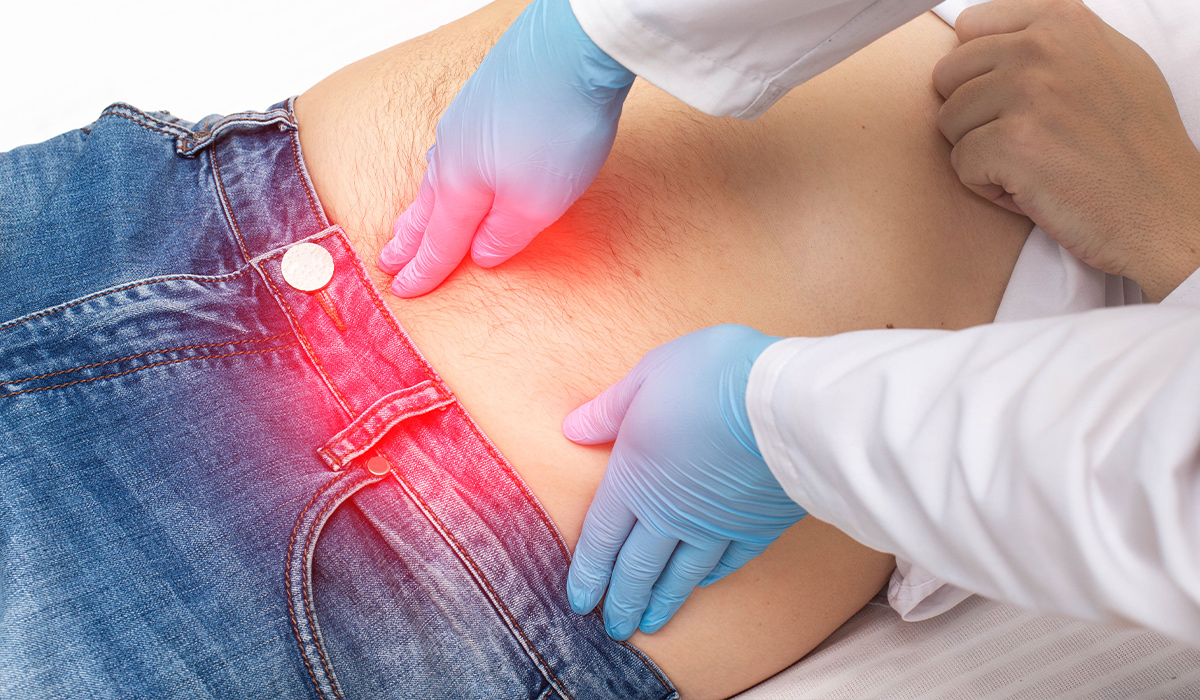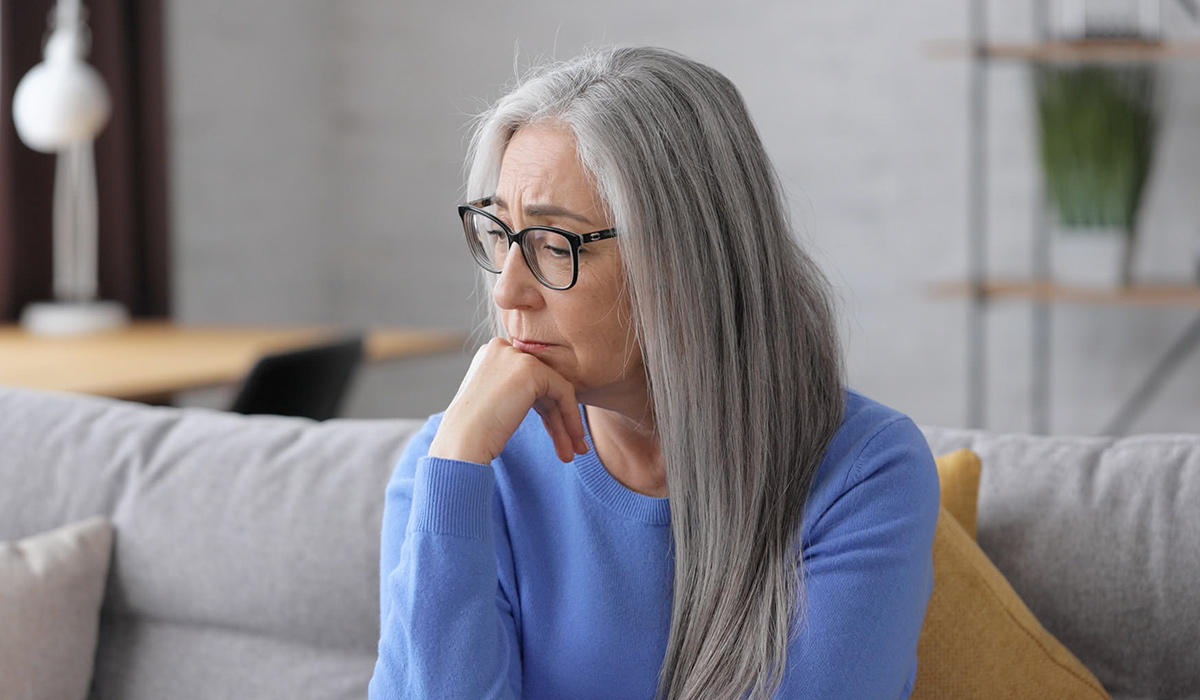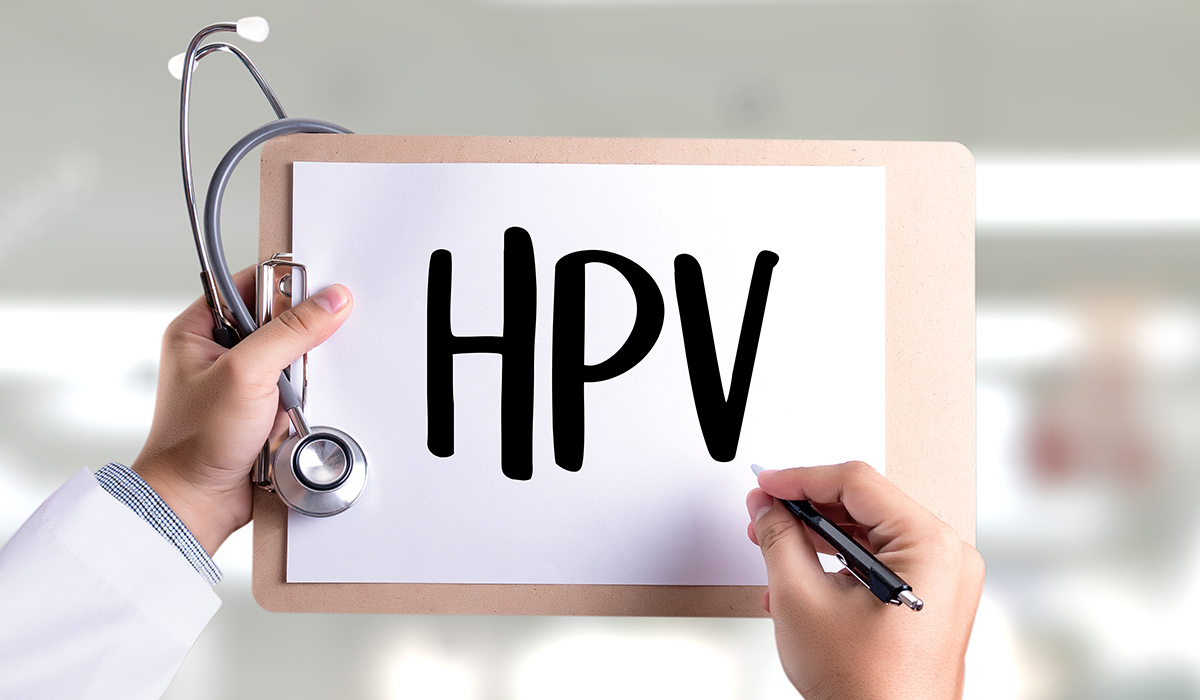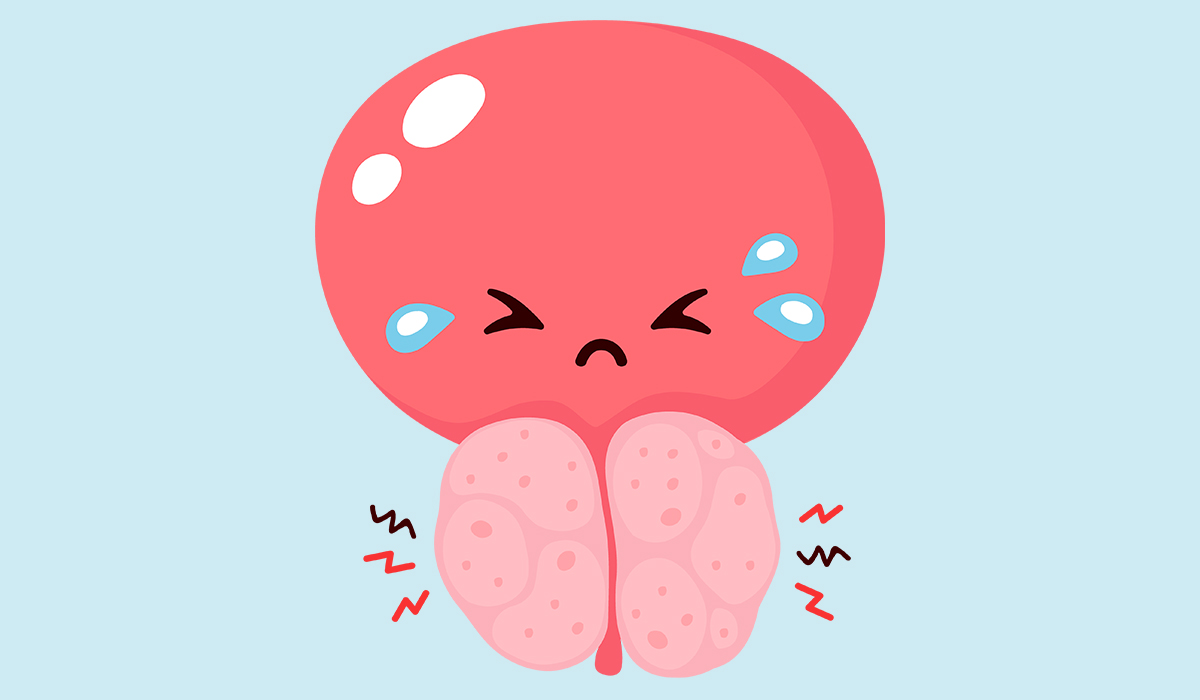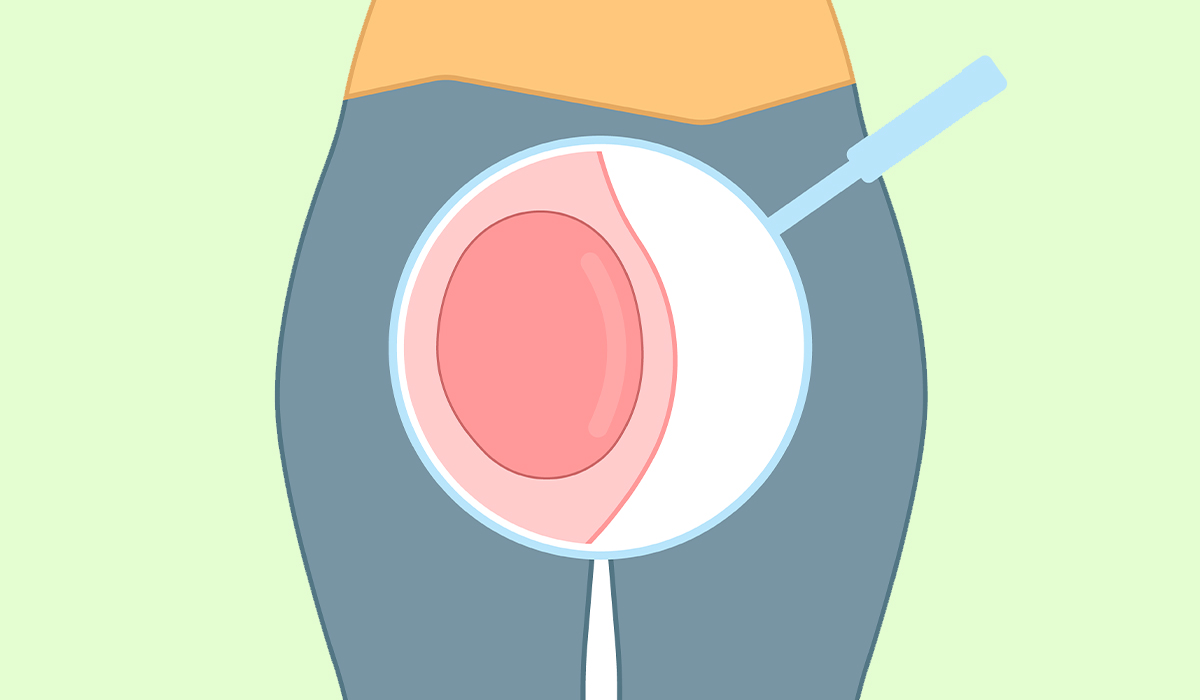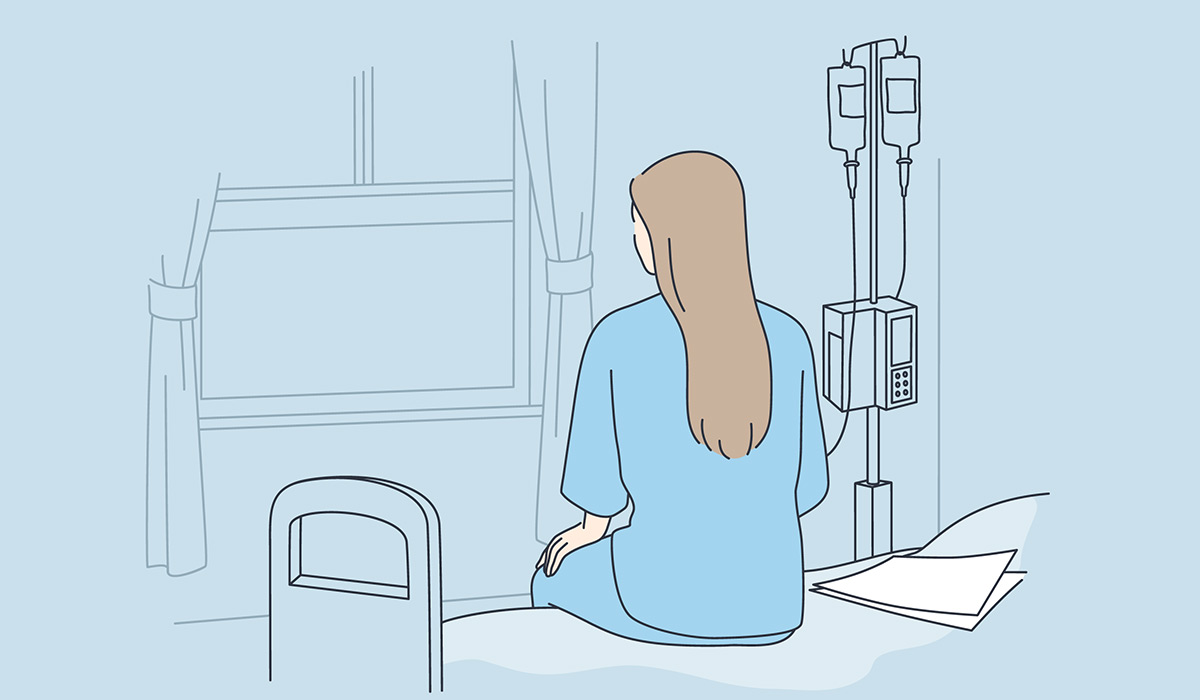Endometrium
The female reproductive system consists of the uterus, ovaries, Fallopian tubes, cervix, and vagina. The body of the uterus is made up of three tissue layers. The outer layer, the peritoneum, is a membrane that continues with the abdominal peritoneum. It lines the uterus outside, covering the muscle layer, myometrium. The myometrium is a thick layer of smooth muscle that expands during pregnancy and is responsible for contractions at birthing. The inner layer of the uterus body is called the endometrium. It is often referred to as the lining of the uterus. The endometrium’s superficial layer is shed during menstruation and regenerated throughout the menstrual cycle’s later phases. This phenomenon is called the endometrial cycle and coexists with the menstrual cycle.
The functions of the endometrium are:
- Preparation for implantation. The endometrium is shed with the blood through the vagina during periods. Then, it is regenerated to provide optimal conditions for the embryo to start developing in the uterus.
- Maintenance of pregnancy. At the early stages of pregnancy, the blood vessels and tissue thickness continue to increase, providing necessary nutrition for developing the embryo and placenta.
- Menstruation. The endometrium layer, as it has been changed throughout the menstrual cycle, cannot be maintained when the hormone levels decrease. If the pregnancy doesn’t occur, the uterus lining is shed. Period blood consists partly of blood and the tissue lining the womb.
Endometrium throughout the menstrual cycle phases
A lot of changes happen in a female body throughout the menstrual cycle. One of the changes is the thickening of the endometrial layer. The menstrual cycle is between the first day of the woman’s period and the last day before her next period. The length of a menstrual cycle varies, but the average cycle length is 28 days. It is still customary to have longer or shorter cycles, between 23 to 35 days, as long as they are regular. The irregular cycle is an abnormality.
Hormones control the menstrual cycle. Each cycle can be divided into four phases:
- Menses. In other words, period. It starts when the hormone levels decrease, and the body cannot sustain the thickness of the womb lining, which has been built up over the previous month. The lining is shed with blood through the cervix and vagina. A period usually lasts from day 0 to day 5 of the cycle. The amount of blood loss during a period ranges from spotting to 80ml and, on average, is around 30ml.
- Follicular phase. The primary hormone occurring in this phase is called estrogen. This phase aims to grow the endometrial layer of the womb. The rise of estrogen stimulates the increase of glands and the depth of the arteries in the endometrium.
- Ovulation. At the end of the follicular phase and precisely 14 days before the next period, the level of the LH (luteinizing hormone) spikes, causing ovulation. An oocyte is released from the broken follicle.
- Luteal phase. LH released during the ovulation causes progesterone to prepare the endometrium for possible implantation by increasing its blood supply and mucous secretion. The lining thickness decreases, providing more surface area within the blood vessels.

Endometriosis
Endometriosis is a long-term disease affecting around 10% of women between 15 and 49 years of age. It can begin with the first menstrual period of a girl and last until menopause but is most commonly found in women in their thirties and forties. It happens when the tissue similar to endometrium grows outside of the uterus. Usually, it involves ovaries, Fallopian tubes, or outside of the uterus. It can also develop in other organs, which is rare.
This abnormal tissue behaves similarly to the one in the womb. It grows throughout the menstrual cycle, responding to hormonal changes, and breaks up at the end of each cycle, bleeding and shedding as normal uterine tissue does. However, this blood and debris have no way to exit the body. This causes swelling and inflammatory response in the pelvic area or other body parts, which can create scar tissue or other lesions.
Types of Endometriosis
Endometriosis can be divided into four types based on what organ it affects:
- Superficial peritoneal. The peritoneum is a membrane lining the abdomen and pelvis. This is the mildest form of the disease. The endometrial-like tissue attaches to the outside of the pelvic organs.
- Endometriomas. They are called ‘chocolate cysts’ because of their dark, fluid-filled appearance. These are the most common in the ovaries but can also occur in different areas of the pelvis or abdomen. They vary in size, rarely exceeding 10cm.
- Deeply infiltrating (DIE). It happens when abnormal endometrial tissue growth occurs in the organs within or outside of the pelvic cavity. In 1% to 5% of people suffering from this illness, the scar tissue bonds the organs together, limiting the movement inside of the abdomen and causing the so-called ‘frozen pelvis.’
- Abdominal wall. In some women, the tissue can grow on the abdominal wall. It may attach to pre-existing scars, for example, from a C-section.
Fertility
Endometriosis is associated with fertility issues. It is one of the main reasons of infertility in women. Nearly 40% of women who can’t get pregnant have it. However, women with milder forms of the illness can get pregnant and carry a baby to term. There are several reasons why endometriosis can affect fertility. Endometrial tissue can wrap around the ovaries, preventing the egg from being released. The tissue can block the Fallopian tubes, stopping sperm from making its way up or stopping the oocyte from sliding down to the uterus. Medications used to treat endometriosis won’t improve fertility. These causes will need to be treated surgically. There are also ways in which endometriosis can make it harder for a woman to get pregnant that cannot be surgically removed. It can affect hormonal balances and the endometrium’s quality and cause the immune system to attack the embryo due to existing inflammation.
If you experience trouble getting pregnant because of endometriosis, talk to your doctor, who can suggest the proper treatment for you. Suppose the cause of your infertility cannot be removed. In that case, you can consider intrauterine insemination (IUI), which involves putting your partner’s sperm directly into your uterus, or in vitro fertilization (IVF).
Diagnosis
Detailed medical history and symptoms can indicate the diagnosis of endometriosis. However, it can be challenging to differentiate it from other conditions just based on that. To confirm the diagnosis, medical professionals can perform various tests:
- Pelvic examination. The medical professional might be able to feel scars or other lesions behind the uterus.
- Imaging tests. Ultrasonography (USG), computerized tomography (CT), and magnetic resonance imaging (MRI) can be beneficial in diagnosis as they can provide detailed pictures of tissues.
- Laparoscopy. This is usually the only way to diagnose this disease with certainty. This method utilizes a small surgical hole made in the abdomen to insert a tube with a camera at the end and examine the organs.
- Biopsy. A sample of tissue can be taken during a laparoscopic surgery. It is then tested in a laboratory, and a histopathologist confirms the diagnosis.

Symptoms of Endometriosis
Endometriosis can significantly affect a person’s life in various ways. Some of them are:
- Severe pain in the pelvic area, especially during a period, during or after sex, or while defecating.
- Back pain.
- Heavy periods.
- Fatigue/tiredness.
- Nausea during period.
- Diarrhea during the period.
- Constipation during the period.
- Bloating.
- Infertility.
- Cramps 1 or 2 weeks around periods.
- Anxiety.
- Depression.
Symptoms usually improve after menopause or with the use of hormonal contraception.
Causes of Endometriosis
Endometriosis can affect any women in reproductive age regardless of ethnicity and social status. It is unclear what exactly causes this disease, but it is thought to occur due to:
- Retrograde menstruation. This happens when the period blood and tissue debris flow back into the Fallopian tubes and pelvic cavity. Endometrial cells it stick to the organs, continuing to thicken, grow, and bleed during each menstrual cycle.
- Genetic factors. This condition can run in families.
- Transformation of peritoneal cells. Some experts propose that the peritoneum lining the abdominal organs on the outside can change into endometrial cells. A similar process can happen in embryonic cells.
- Surgery. Endometrial cells can be implanted during a hysterectomy or a C-section in the surgical incision.
- Immune system problems. It is unclear if there is a connection, but certain cancers and immune system disorders are more commonly found in women with endometriosis.
- Hormones. There is ongoing research on the relationship between estrogen levels and endometriosis.
There are risk factors determining some women may have increased odds to suffer from endometriosis:
- Never giving birth.
- Short menstrual cycles (less than 27 days).
- Early age of the first menstruation.
- Late menopause onset.
- Heavy menstrual periods.
- Low BMI.
- Reproductive tract disorders.

Treatment of Endometriosis
Although there is no cure for endometriosis, various treatments of symptoms can be offered to patients. These usually include surgery or medication.
Hormonal contraception can lower the level of estrogen and stop periods. This means abnormal endometrium-like tissue doesn’t bleed, reducing inflammation. Different types of hormonal therapy can be offered, and the proper treatment will be adapted considering the patient’s pregnancy plans. Other medication provided for patients with endometriosis is painkillers to reduce discomfort associated with the disease. The symptoms return when hormonal therapy and pain management medication are stopped.
Surgery to remove or try to remove the abnormal tissue can be undertaken. A laparoscopic procedure or surgery can do this with a more significant cut. The symptoms are likely to get better after the surgery but do not always disappear and can recur. Hysterectomy is one of the treatment options for the most severe cases. In this case, surgeons remove the ovaries, uterus, and cervix. Without these, pregnancy is impossible.
Some women report relief after undergoing alternative medicine treatments like acupuncture, chiropractic care, or herbs (cinnamon twig or licorice root). Supplementation of thiamine (vitamin B1), magnesium, or omega-3 fatty acids may also be effective.
Can I Prevent Endometriosis?
Unfortunately, at present, there are no ways to prevent endometriosis. Although some screening tests have been proposed, none are accurate enough to be used in the clinical environment. Endometriosis is known to be related to estrogen, so keeping estrogen levels low can be beneficial for people in the higher-risk group. This can be achieved by the use of hormonal contraception such as pills, patches, and rings; regular exercise and keeping a low body fat percentage, which can reduce the production of estrogen; avoiding alcohol intake, which increases the production of estrogen – no more than one alcoholic drink is recommended and limiting drinking caffeinated beverages to one a day, like coffee, green tea or energy drinks, which can raise estrogen level as well.
Living With Endometriosis
Endometriosis can be a physically and mentally challenging condition. It is associated with an increased risk of anxiety, depression, and isolation. Patients suffering from this illness must get the support they require.
Pain can be alleviated using temporary solutions like warm baths, hot water bottles, and heat pads.
Some lifestyle changes can help manage endometriosis. The diet focuses on fruit and vegetables instead of fatty foods, encouraging the organism to produce more estrogen. Regular exercise encourages the heart to pump blood into all the organs, maintaining their healthy functioning. Stress management is important as scientists think stress can make the condition worse.
Summary
Endometriosis is a chronic disease associated with severe pain in the lower abdomen. It can have a significant impact on daily life. There currently is no cure for endometriosis and no screening method has been developed yet, however there are treatments that can minimise how it affects the patient’s life. It may cause trouble getting pregnant, but not all women with endometriosis are infertile. Eating a lot of fruit and vegetables rather than red meat, drinking less coffee and alcohol, and exercising regularly can reduce the likelihood of developing the condition.
Sources
- Louisa Thompson, The Uterus, May 12, 2019.
https://teachmeanatomy.info/pelvis/female-reproductive-tract/uterus/ - Muhammad Atif Ameer; Sarah E. Fagan; Jessica N. Sosa-Stanley; Diana C. Peterson, Anatomy, Abdomen and Pelvis: Uterus, December 6, 2022.
https://www.ncbi.nlm.nih.gov/books/NBK470297/ - Hilary O D Critchley, Jacqueline A Maybin , Gregory M Armstrong , Alistair R W Williams , Physiology of the Endometrium and Regulation of Menstruation, Feb 7, 2020.
https://pubmed.ncbi.nlm.nih.gov/32031903/#:~:text=Abstract,and%20continuation%20of%20our%20species - S. K. Giri,B. L. Nayak, Janmejay Mohapatra, 2021 Jun, Thickened Endometrium: When to Intervene? A Clinical Conundrum, Feb 2, 2021.
https://www.ncbi.nlm.nih.gov/pmc/articles/PMC8310815/ - Dhanalakshmi K. Thiyagarajan; Hajira Basit; Rebecca Jeanmonod, Physiology, Menstrual Cycle, October 24, 2022.
https://www.ncbi.nlm.nih.gov/books/NBK500020/ - WHO, Endometriosis, 24 March 2023.
https://www.who.int/news-room/fact-sheets/detail/endometriosis#:~:text=Endometriosis%20is%20a%20disease%20in,period%20and%20last%20until%20menopause - Jabeen Begum, Endometriosis, March 15, 2023.
https://www.webmd.com/women/endometriosis/endometriosis-causes-symptoms-treatment - Endometriosis.uk, What is endometriosis?
https://www.endometriosis-uk.org/what-endometriosis - NHS UK, Endometriosis – NHS, September 5, 2022.
https://www.nhs.uk/conditions/endometriosis/ - Mayo Clinic, Endometriosis, July 24, 2018.
https://www.mayoclinic.org/diseases-conditions/endometriosis/symptoms-causes/syc-20354656 - Esther Eisenberg, E. Britton Chahine, Endometriosis, February 22, 2021.
https://www.womenshealth.gov/a-z-topics/endometriosis - NHS UK, Periods and fertility in the menstrual cycle, 05 January 2023.
https://www.nhs.uk/conditions/periods/fertility-in-the-menstrual-cycle/#:~:text=The%20length%20of%20the%20menstrual,day%20before%20her%20next%20period. - WHO, As accessed June 29, 2023.
https://www.who.int/data/maternal-newborn-child-adolescent-ageing/indicator-explorer-new/mca/women-of-reproductive-age-(15-49-years)-population-(thousands) - Anisah Yahya, Aisha Mustapha, Abimbola Omolara Kolawole, Adekunle Olarenwaju Oguntayo, Nafisa Bello, Halima Oziohu Aliyu,and Sunday Adeyemi Adewuyi,Giant Ovarian Endometrioma: A Case Report, 2022 Jul 29.
https://www.ncbi.nlm.nih.gov/pmc/articles/PMC9516747/ - Endometriosis, March 7, 2022.
https://medlineplus.gov/endometriosis.html
